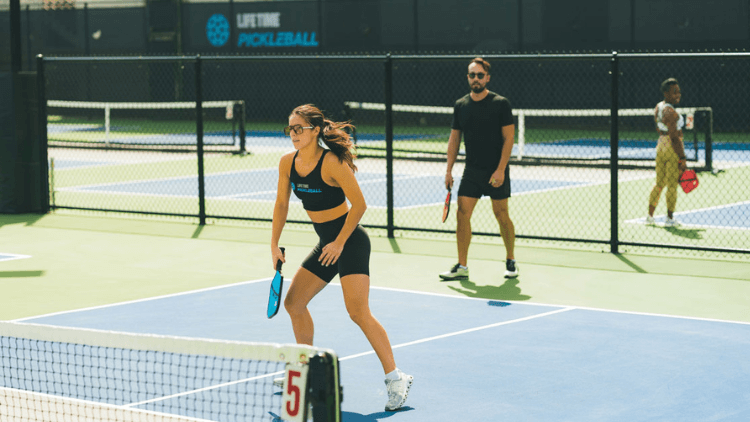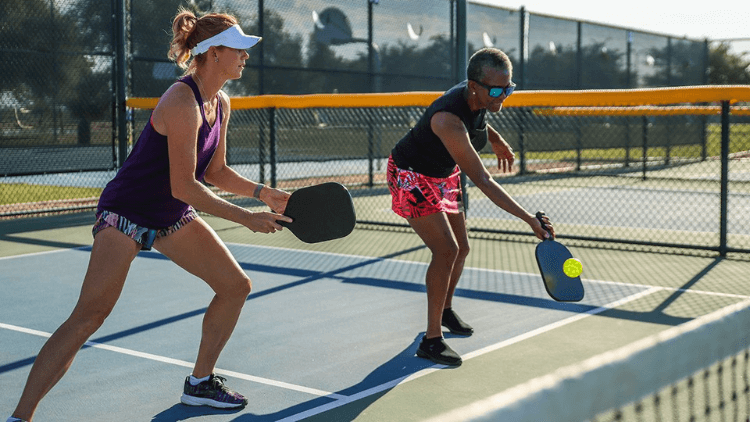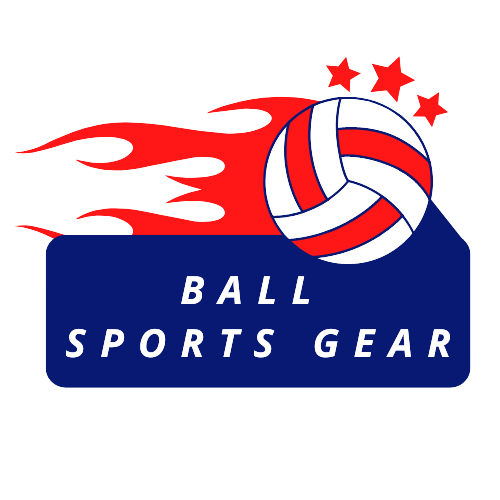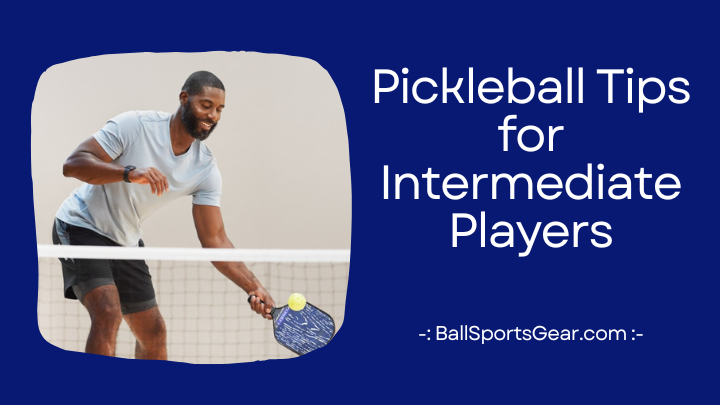Pickleball is a tough and entertaining game that mixes table tennis, badminton, and tennis features. It is accessible to players of all ages and abilities, but it also provides lots of potential for competitiveness and skill development.
This post is for you if you are an intermediate pickleball player looking to further your abilities. You may enhance your abilities, methods, and self-assurance on the court by following the suggestions and strategies we’ll share with you below. These pickleball tips for intermediate players can assist you in achieving your objectives, whether they involve playing more aggressively, winning more games, or simply having more fun. Let’s get going!
Know Pickleball Tips for Intermediate Players
Warm up
One of the most important things you can do before playing pickleball is to warm up properly. Warming up helps you prevent injuries, prepare your body for physical activity, and get into the right mindset for the game. A good warm-up should include some stretches, light cardio, and some practice shots.
You should also make sure you are holding the paddle correctly, with a comfortable grip that allows you to generate power and control with minimal effort. A good warm-up can make a big difference in your performance and enjoyment of the game.
Improve Your Footwork
One of the most important pickleball abilities is footwork, particularly for intermediate players who need to cover more territory and respond more quickly to diverse strokes. You can move quickly, balance yourself, and position yourself for the best shots with good footwork. You should practise taking tiny steps, remaining on the balls of your feet, and shifting directions fast if you want to enhance your footwork.
Additionally, you should practise drills that require lateral, forward-backward, cross-court, and diagonal movements. You may increase your speed, agility, and coordination on the court by working on your footwork.
Master Dink Shots and Drop Shots
Dink shots and drop shots are two of the most effective strategies in pickleball, especially at the intermediate level where rallies tend to be longer and more tactical. Dink shots are soft shots that barely clear the net and land in the non-volley zone (also known as the kitchen), forcing your opponent to hit up or move forward.

Drop shots are similar, but they are hit from farther back and land near the baseline or sideline, forcing your opponent to move back or sideways. Both types of shots require finesse and touch, as well as good placement and timing. To master dink shots and drop shots, you should practice hitting them with a relaxed grip, a low-to-high swing, and a gentle follow-through. You should also aim for low over the net and near the edges of the court.
Track the Ball with Your Paddle
Pickleball players can benefit from tracking the ball with their paddles because it allows them to anticipate where the ball will go, be ready for their next shot, and avoid being caught off guard by unexpected bounces or spins.
Keep your paddle up and in front of you at all times, watch the ball with your eyes and paddle head, and modify your paddle’s angle and grip in response to incoming shots if you want to track the ball with your paddle. You may enhance your response time, accuracy, and consistency on the court by tracking the ball with your paddle.
Deep Serve and Return
Serving and returning serve are two of the most important aspects of pickleball, as they set the tone for the point and give you an opportunity to gain an advantage over your opponent. To serve well, you should aim for depth and accuracy, hitting deep serves that land near the baseline or sideline and force your opponent to move back or sideways.
You should also vary your speed and spin, hitting fast or slow serves, flat or sliced serves, or high or low serves. To return serve well, you should also aim for depth and accuracy, hitting deep returns that land near the baseline or sideline and prevent your opponent from approaching the net. You should also try to hit to your opponent’s weaker side or feet, making it harder for them to hit a good shot.
Practice Is the Key to Success
As with any sport or skill, practice is the key to success in pickleball. The more you practice, the more you will improve your technique, strategy, and confidence on the court. To practice effectively, you should set specific goals for each session, focus on one or two aspects of your game at a time, and get feedback from a coach or a partner.
You should also practice different types of shots, such as backhand topspin, forehand volleying, drop shots, lobs, dinks, and third-shot drops. These shots will help you diversify your game and be more unpredictable and versatile on the court.
Practice with Other Players
Another way to improve your pickleball game is to practice with other players, preferably those who are at a similar or higher level than you. Playing with other players will help you test your skills, learn from your mistakes, and adapt to different styles and situations.
You will also have more fun and motivation, as well as a chance to make new friends and socialize. You can find other players to practice with by joining a local pickleball club, signing up for a tournament, or using online platforms like Meetup or Facebook.
Focus and Know the Score
Pickleball is a game that requires both physical and mental skill. You must be focused, pay attention, be aware of the scenario and the score in order to play properly. You must keep an eye on what’s going on the court, what your opponent is doing, and your own game plan.
Along with the server and the score, you also need to remember the game’s rules and protocol. You can make better judgements, prevent mistakes, and maintain composure and confidence on the court if you are focused and aware of the score.
Always Stay in the Ready Position
One of the best tips for intermediate pickleball players is to always stay in the ready position, even when the ball is not in play. The ready position is a stance that allows you to move quickly and easily in any direction, as well as hit any shot with power and control.
The ready position involves keeping your paddle up, your knees bent, your feet shoulder-width apart, and your weight slightly forward. Staying in the ready position will help you be prepared for any shot, avoid being caught off guard, and be more aggressive and proactive on the court.
Master Backhand Shots (And Force Them)
Backhand shots are harder for most players than forehand shots. Mastering backhand shots will make you a more versatile player, allowing you to hit any shot from any position on the court with accuracy and confidence. To master backhand shots, you should practice hitting them with a firm grip, a compact swing, and a smooth follow-through.
You should also try to hit them with topspin, slice, or flat, depending on the situation. At the same time, you should try to force your opponent to hit backhand shots as much as possible, since it is likely their weaker side. You can do this by hitting cross-court shots or shots that land near their backhand corner.
Concentrate on Shots Before Hitting Them

It might seem obvious to say “concentrate on your shots”, but paying attention to what you are doing can make a big difference in your performance and enjoyment of the game. Before hitting any shot, you should take a moment to observe your opponent’s position on the court, their strengths and weaknesses, and their tendencies and habits.
You should also think about where you want to hit the ball, how hard you want to hit it, and what spin you want to apply. By concentrating on your shots before hitting them, you will be able to hit them with more precision, consistency, and effectiveness.
Frequently Asked Questions
The game of pickleball incorporates aspects of table tennis, badminton, and tennis. With a net, a paddle, and a plastic ball with holes, it is played on a court. It can be played by individuals of all ages and ability levels and is enjoyable and hard since it calls for skill, strategy, and fitness.
A: Pickleball may assist intermediate players become more physically active, coordinated, mentally sharp, and socially adept. Additionally, it can help individuals have more fun and enjoy the game while improving their abilities, strategies, and self-assurance on the court.
To improve your footwork in pickleball, you should practice moving in small steps, staying on the balls of your feet, and changing directions quickly. You should also practice drills that involve lateral and forward-backward movements, as well as cross-court and diagonal movements. Improving your footwork will help you improve your speed, agility, and coordination on the court.
Dink shots and drop shots are soft shots that barely clear the net and land in the non-volley zone (also known as the kitchen) or near the baseline or sideline, forcing your opponent to move forward or backward or sideways. To master them, you should practice hitting them with a relaxed grip, a low-to-high swing, and a gentle follow-through. You should also aim for low over the net and near the edges of the court.
Conclusion
Anyone who enjoys a good challenge and a good time may play pickleball, which is a fantastic sport. These pickleball tips for intermediate players will assist intermediate players level up their games by honing their abilities, strategies, and court confidence.
You will be able to observe how much you can improve your game and enjoy pickleball by rigorously and consistently using these recommendations. We hope you found this article to be educational and helpful. Please feel free to post any comments, queries, or recommendations in the space provided below, or to get in touch with us via social media. Cheers to pickleball!

